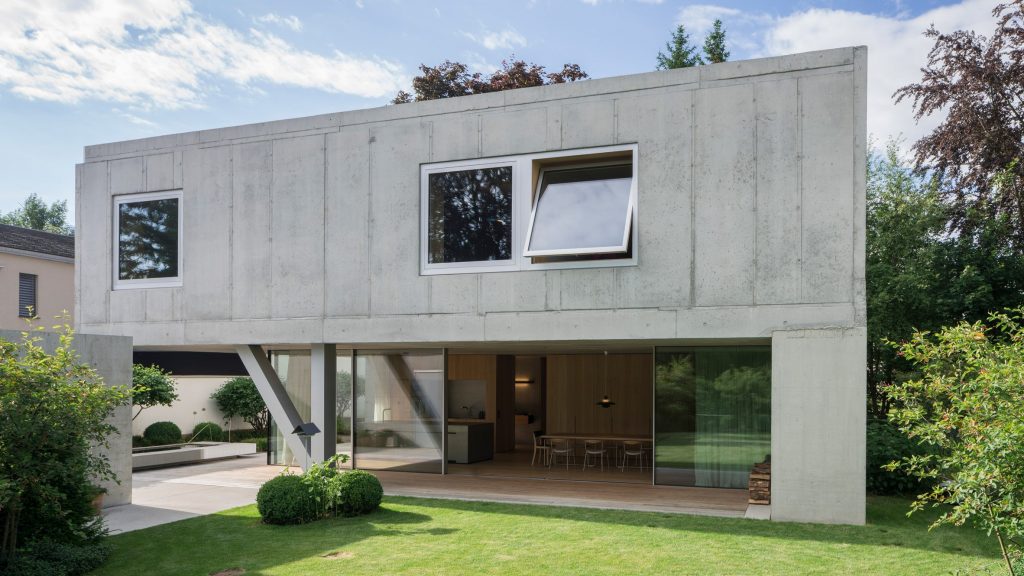When it comes to selecting a building material to construct a modern home, one common option is concrete. This material is the most efficient at constructing a strong structure in the shortest amount of time. If you’re thinking about utilizing this material to build your home, there are a few things you should think about before starting.
· Durability
· Creep
· Shrinkage
· Tensile strength
These are some of the important characteristics that you should look for in a good quality concrete. Maybe you can use concrete that has calcium lignosulphonate as the main ingredients for better performance concrete.

These are some types of concrete that you can consider to use for your building, project or house:
Precast concrete
Precast concrete has the benefit of being produced to customized specifications. The components are put together on the building site. Precast concrete is used in small units such as:
· Concrete blocks
· Poles
· Concrete lintels
· Staircase components
· Precast walls
The advantage of utilizing precast concrete is the rapidity with which it may be assembled. The units are of very good quality because they are made in a factory.
Prestressed concrete
Prestressed concrete units are used in many big concrete constructions. Prestressed concrete is made utilizing a unique method. It has bars or tendons, just like reinforced concrete. However, these bars or tendons are strained prior to the application of the concrete. These bars are put at either end of the structural unit where they are employed when the concrete is mixed and poured.
· The building of bridges
· Flyovers
· Heavy-loaded structures
The assembly of pre-stressing units is usually done on the job site.
Reinforced concrete
The tensile strength of plain concrete is low. Reinforcement in the form of steel rods, bars, meshes, or fibres can increase concrete’s overall strength. This type of concrete may be used to build constructions that demand a high level of strength such as:
· Columns
· Ceilings
· Bridges
These reinforcements resist tensile forces, whereas the concrete itself resists compressive pressures. They form a strong connection, and as a result, the two materials are resistant to a range of applied pressures. In essence, they merge into a single structural unit.
Stamped concrete
Stamped concrete is commonly used for driveways, patios, and interior flooring that require an aesthetically pleasing look. Using expert stamping pads, this architectural concrete may be used to create realistic designs such as natural stones, tiles, and granites.
Ready-mix concrete
Ready-mix concrete is concrete that has been prepared and soaked at a centrally located facility. This concrete is mixed while being carried to the job site in the ubiquitous cement trucks visible on roads and highways. The cement may be utilized immediately when the trucks arrive at the job site since it does not require further treatment. Ready-mix concrete is a type of specialized concrete that is prepared to specified specifications.
Plain concrete
It is the most basic type of concrete and does not require any reinforcing. Cement, aggregates, and water in the proportions of 1:2:4 are the most widely utilized mixes. It can be used to create pavement or structures when tensile strength is not required. It confronts the same problems as standard strength concrete in that it is not resistant to vibrations or wind loads.










